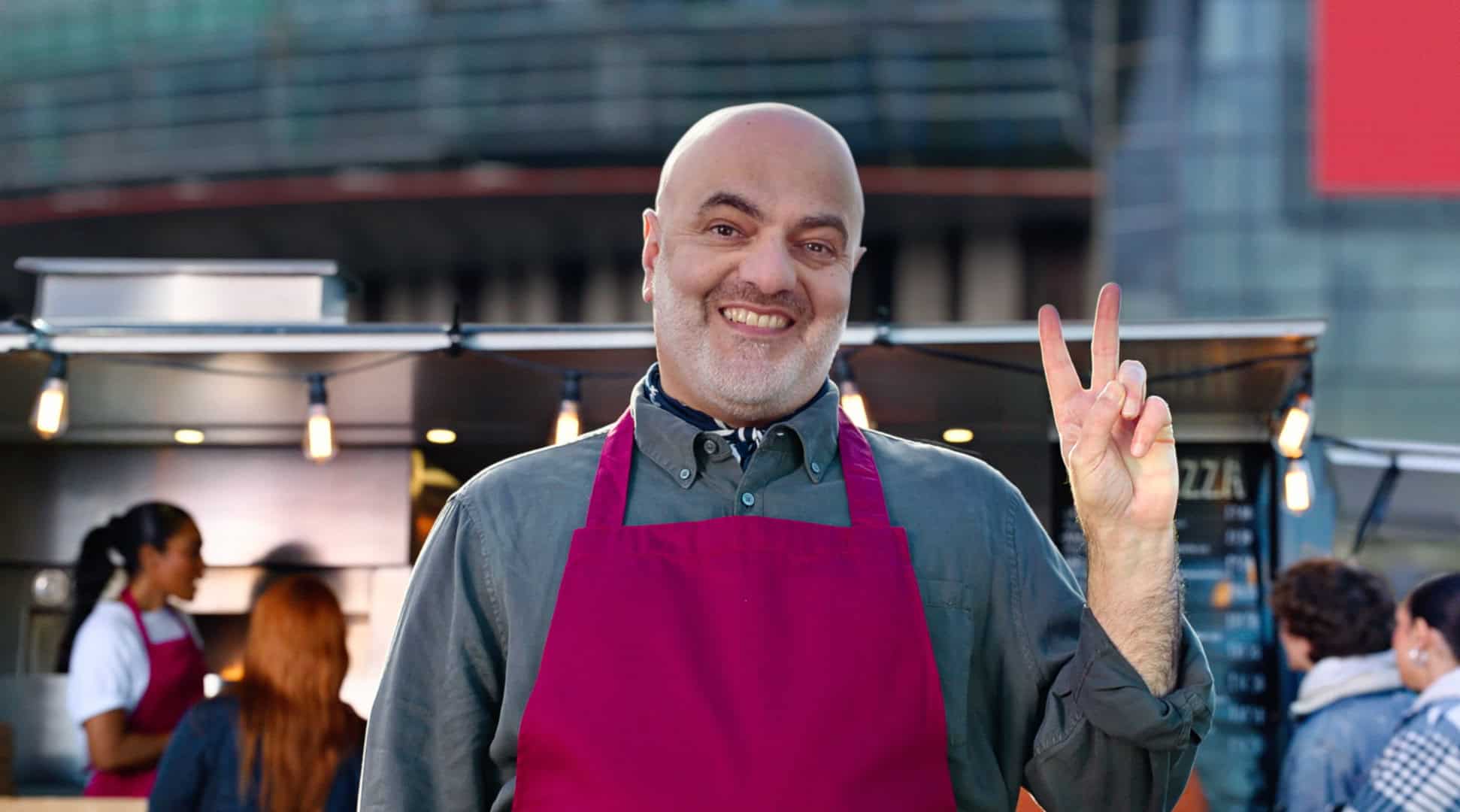“I really enjoyed helping the more junior members of the team at the place I worked,” says senior designer, Cat Randall, who was inspired by her day job to mentor MA graphics students from London College of Communication. After two years of helping her protégés to forge their own path, she says it’s all about the extra confidence that she gives them: “I love going to their end of year shows and remembering how, when we first met, they felt it was totally unachievable.”
Using your own talents to help students or newcomers to an industry achieve their full potential is a great way of getting involved; a very personal kind of philanthropy. Our strategy guru, Mark Stone lectures at Birmingham City University, where he recently led classes on cracking real-world briefs for marketing, digital and future media. He was also one of the first members of the Group Think community, inspiring the next generation of strategists to come together, drink beer and learn from each other. This offers a way of preserving the best parts of the mentoring relationship long after the mentees have found their feet.
Digital Project Manager, Isabel Chinan starts young, mentoring pupils after school. She helps them on the subjects they struggle with, often while their parents work late. “I’ve found children in mentoring incredibly eager to learn – all that’s missing is someone to spend time with them going through their homework, one on one.” And come Christmas, Isabel will be back with homelessness charity, Crisis, for her third year now. “What I gain is the pleasure from helping people that haven’t been so lucky in life,” she explains. But it’s not without its challenges: “It’s hard not to get too involved, you have to have certain boundaries.”
“I had to do their training which was very experiential – using play, art and lots of non-verbal communication. It really brings out the child in you.”
Hobie Walker, AML’s head of wellbeing, was a Relate counsellor for over 17 years, helping families and couples to live better lives through stronger relationships. “It was my curiosity about people’s lives and how they tick that made me want to become a counsellor,” she explains. Later, volunteering with Place2Be, she visited a primary school weekly for a year; using this time to build valuable trust with the children. There were many difficult moments, she says, when she wondered whether she should have said or done something differently. But she describes the rewards as immense: “One high-point was playing football in the counselling room with a nine-year-old boy who for weeks previously would hardly talk.”
Some AMLers find their own journey so rewarding that they want to share the experience. Managing director, Tim Lloyd, went from nervous flyer to fully licensed pilot; working with BA’s Fear of Flying course for almost 16 years. During his time on and off the tarmac, he has helped nearly 25,000 nervous fliers to overcome their fear. One memorable moment for him was when a computer malfunction at Heathrow meant that his aircraft was the only one allowed off the ground. “The irony was that there were thousands of people at the airport who wanted to fly but couldn’t,” he says. “And about 150 nervous passengers aboard with me who were airborne immediately.” Even after having to wrestle one hysterical passenger to the ground mid-air, he describes the experience as a privilege.
But it doesn’t take 10,000 flight hours to give back or grow as a person. It can start with something as simple as a chat and a drink after work. And once you’re willing to put yourself out there, there’s no end to where it might take you. Just please remain in your seat.


